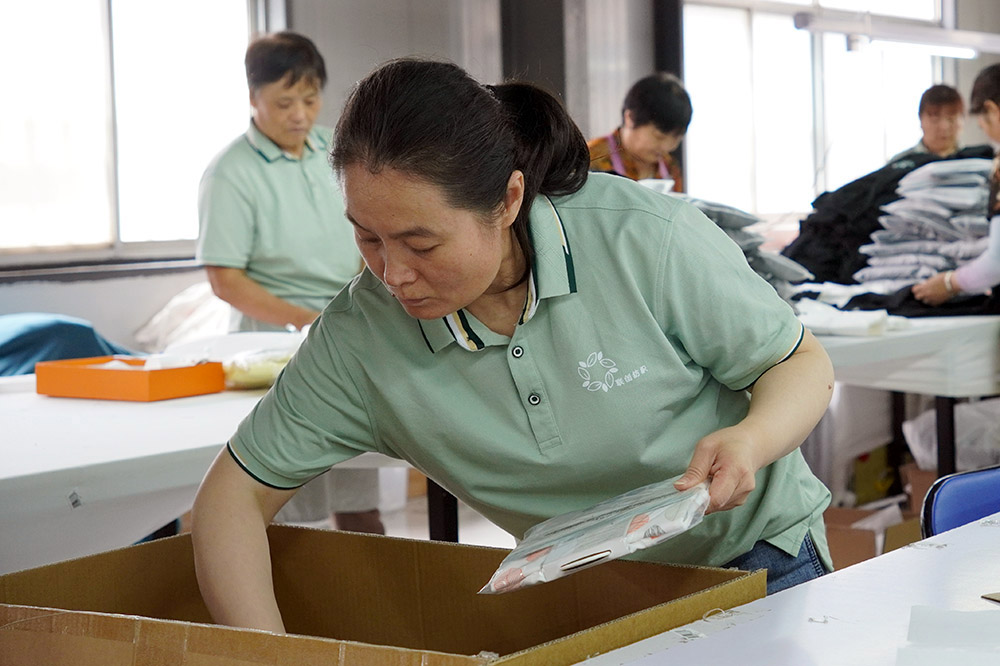
Introduction:
In the realm of baby and children's clothing manufacturing, the concept of supply chain transparency holds paramount importance. It's not merely about producing cute little outfits; it's about ensuring ethical practices, safety standards, and environmental sustainability throughout the production process.
Let's delve deeper into why supply chain transparency matters in this industry and how it impacts both consumers and manufacturers alike.
Understanding Supply Chain Transparency
Supply chain transparency refers to the visibility of every step involved in the production of a product, from sourcing raw materials to manufacturing, packaging, and distribution.
In the context of baby and children's clothing manufacturing, this entails knowing where the fabrics come from, how they are dyed, stitched, and finished, and under what conditions the workers operate.
Ensuring Ethical Practices
One of the primary reasons why supply chain transparency is crucial in this industry is to ensure ethical practices are upheld throughout the manufacturing process.
By having full visibility into the supply chain, manufacturers can guarantee that no child labor or exploitative practices are involved. It ensures that workers are paid fair wages and operate in safe working conditions, aligning with ethical standards that resonate with consumers.
Upholding Safety Standards
Safety is paramount when it comes to clothing for babies and children. Supply chain transparency enables manufacturers to trace the origin of materials and ensure they meet safety standards.
From using non-toxic dyes to selecting fabrics free from harmful chemicals, transparency ensures that the final products are safe for children to wear, giving peace of mind to parents.
Promoting Environmental Sustainability
The fashion industry, including baby and children's clothing, is notorious for its environmental impact. From water pollution due to dyeing processes to excessive waste from fast fashion trends, the industry has a significant carbon footprint.
Supply chain transparency allows manufacturers to adopt eco-friendly practices, such as using organic fabrics, reducing waste, and implementing energy-efficient manufacturing processes, thus mitigating environmental harm.
Building Consumer Trust
In today's consumer-driven market, transparency is key to building trust. Parents want to know that the clothing they buy for their little ones is not only adorable but also ethically and sustainably produced. By being transparent about their supply chain practices, manufacturers can earn the trust and loyalty of conscientious consumers, ultimately driving brand reputation and customer loyalty.
Navigating Regulatory Compliance
Supply chain transparency also helps manufacturers navigate regulatory compliance. With increasing regulations surrounding labor practices, environmental standards, and product safety, having a transparent supply chain ensures that manufacturers remain compliant with legal requirements, avoiding potential fines and reputational damage.
Harnessing the Power of Technology
Advancements in technology, such as blockchain and RFID tagging, are revolutionizing supply chain transparency in the clothing industry. These tools enable real-time tracking of products from raw materials to the end consumer, providing unparalleled visibility and accountability.
Educating Consumers
Transparency also plays a vital role in consumer education. By sharing information about their supply chain practices, manufacturers can raise awareness among consumers about the importance of ethical and sustainable fashion choices, empowering them to make informed purchasing decisions.
Conclusion
In conclusion, supply chain transparency is not just a buzzword; it's a fundamental aspect of ethical and sustainable baby and children's clothing manufacturing.
By prioritizing transparency, manufacturers can ensure ethical practices, uphold safety standards, promote environmental sustainability, build consumer trust, and navigate regulatory compliance effectively. It's a win-win situation for both manufacturers and consumers, paving the way for a brighter, more responsible future in the clothing industry.
FAQs
What are the benefits of supply chain transparency in baby and children's clothing manufacturing?
Supply chain transparency ensures ethical practices, safety standards, environmental sustainability, consumer trust, and regulatory compliance.
How can manufacturers achieve supply chain transparency?
Manufacturers can achieve supply chain transparency through technology adoption, ethical sourcing, and transparent communication with stakeholders.
Why is safety important in children's clothing manufacturing?
Safety is crucial in children's clothing manufacturing to ensure products are free from harmful chemicals and materials, promoting the well-being of young consumers.
What role does consumer trust play in the clothing industry?
Consumer trust is essential for brand reputation and loyalty, driving purchasing decisions and long-term success in the competitive clothing market.
How does supply chain transparency impact environmental sustainability?
Supply chain transparency enables manufacturers to adopt eco-friendly practices, reducing the environmental footprint of clothing production.
What are the consequences of a lack of supply chain transparency?
A lack of supply chain transparency can lead to ethical violations, safety hazards, environmental damage, and loss of consumer trust.